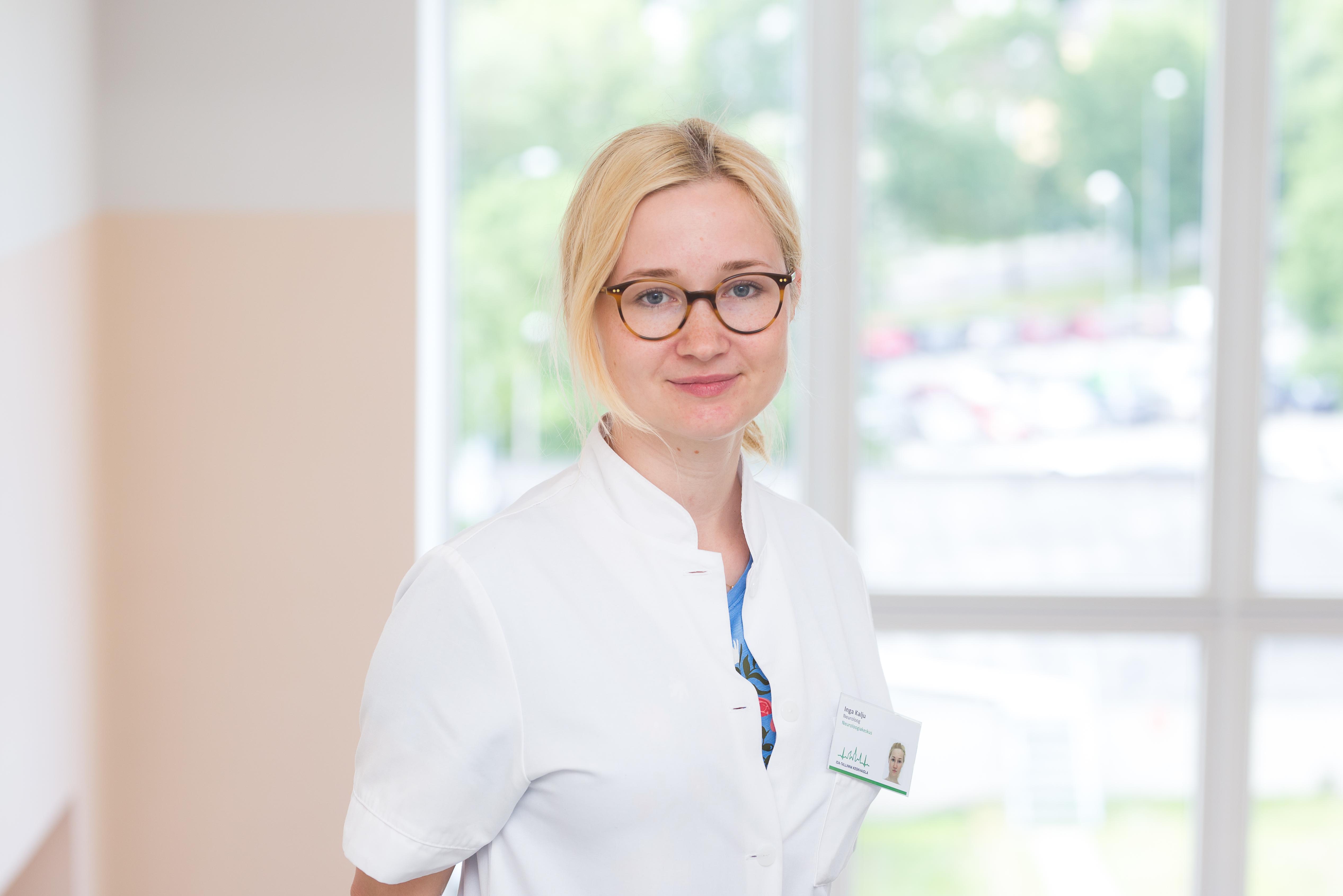What are the risk factors for stroke and how to avoid them?
World Stroke Day is observed on 29 October. Every three seconds someone in the world suffers a stroke, which is one of the leading causes of death and disability. However, most strokes can be prevented by reducing key risk factors.

Inga Samarüütel, Head of the Centre for Neurology at the East-Tallinn Central Hospital, says that stroke is largely related to vascular health.
‘To avoid a stroke, I recommend starting with a healthier lifestyle, including following a balanced diet, regular physical activity, and managing stress. Smoking should be quit and alcohol consumption should be limited. It is also important to regularly check health indicators such as blood pressure and, if necessary, consult your family physician to discuss personal risks and preventive measures,’ recommends Samarüütel.
The most important risk factor is age. The older a person gets, the more likely they are to suffer a stroke. However, stroke is not just a disease of older people. Younger people usually have other risk factors at play, such as congenital heart disease or lifestyle risk factors.
The most common lifestyle risk factors for stroke are high blood pressure, diabetes, high cholesterol, obesity and cardiac arrhythmias, especially atrial fibrillation. Other heart diseases, such as heart failure or valve failure, also increase the risk of stroke, as they can contribute to the formation of blood clots. Smoking is one of the biggest risk factors, as it causes major damage to blood vessels and significantly increases the risk of stroke. In addition to smoking, excessive consumption of alcohol, poor nutrition and lack of physical activity are important factors that contribute to vascular diseases and thereby to the risk of stroke.
For the prevention of stroke, it is important to eat healthy, exercise regularly, give up harmful habits and control your chronic diseases. Physical activity should be part of everyday life – even moderate exercise, such as walking, can significantly improve vascular health.
Medications prescribed by a doctor should be taken as prescribed. The importance of taking medication is often underestimated. For example, treatment with a blood thinner prescribed after a stroke is life-long, and if it is interrupted, the risk of a new stroke increases. ‘Unfortunately, we often see people who fail to take their medication because they feel fine and don’t realise that their illnesses require constant regulation and won’t go away, even if they feel good,’ says Dr. Samarüütel.
If symptoms of stroke occur, call 112 immediately and summon an ambulance. Symptoms of stroke include sudden paralysis of one side of the body, speech disorder, loss of balance and coordination, and impaired vision. Each minute of delay results in the destruction of 1.9 million neurons, the restoration of which is impossible. The effectiveness of treatment depends directly on how quickly the patient reaches the hospital.
In case of stroke, action should be taken F.A.S.T. if any of the following symptoms occur:
- Face – Is one side of the person’s face drooping?
- Arm – Is one arm weak or numb ?
- Speech – Is their speech slurred or hard to understand?
- Time – Time is critical! Call 112 immediately.
In observation of World Stroke Day, Dr Samarüütel advises everyone to be more aware that stroke is a very serious disease with serious consequences. Brain damage, in general, is not reversible, and it should be taken into consideration that the person may no longer be the same and may need help from others. It may also be that the person is no longer capable of doing anything on their own.
‘People sometimes operate under the misconception that when a patient enters a hospital, they will be cured. Stroke is not pneumonia, from which a person recovers with one course of treatment. You have to be prepared for a long rehabilitation process, because after your stay in the neurology department, you will have a lot of work to do. The patient must make as much effort as possible and participate in the recovery. If there is no such effort, then the recovery will not be as good. A great deal of patience is also required, since results are not immediate, recovery can take several months and is usually not complete. At the same time, it must also be understood that not all people are able to recover or participate in rehabilitation to an adequate degree,’ says Dr. Samarüütel.
It is important for the loved ones of people who have suffered a stroke to be supportive, as recovering from a stroke can be a long and arduous process. Rehabilitation plays a key role – physiotherapy, occupational therapy, speech therapy and other treatments help to restore lost skills and improve quality of life. The support of close relatives is very important in this regard, as the patient often needs motivation and support to consistently engage in rehabilitation.
 Terviseportaal
Terviseportaal